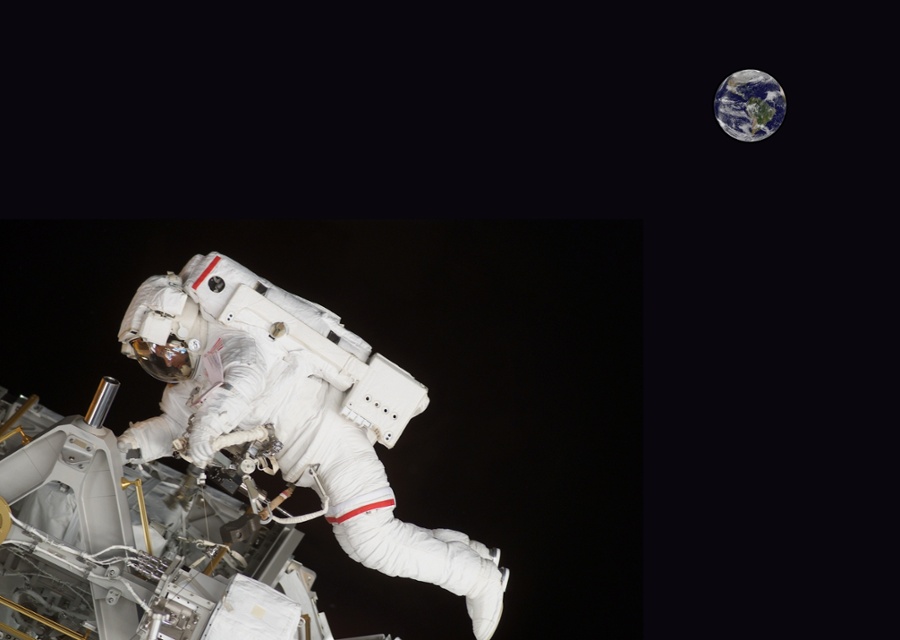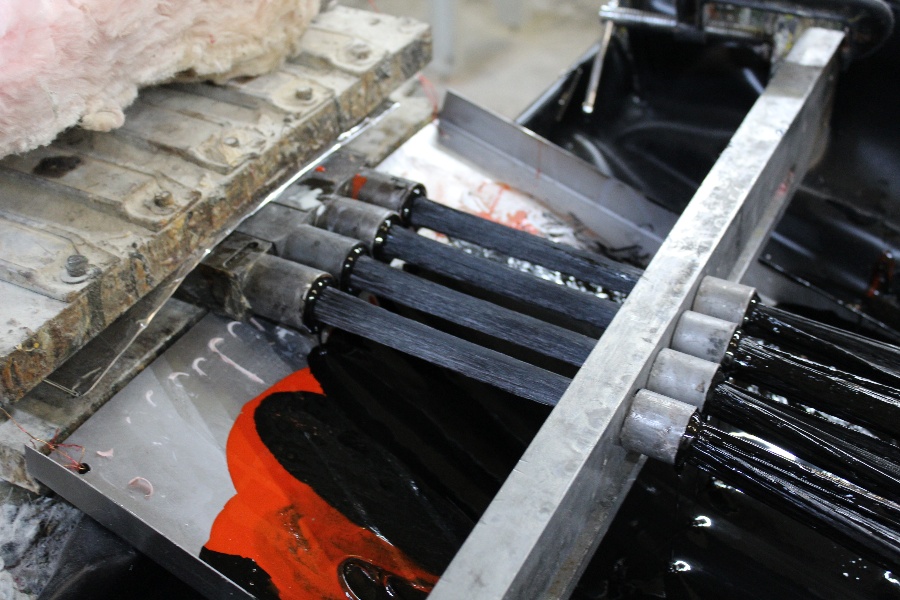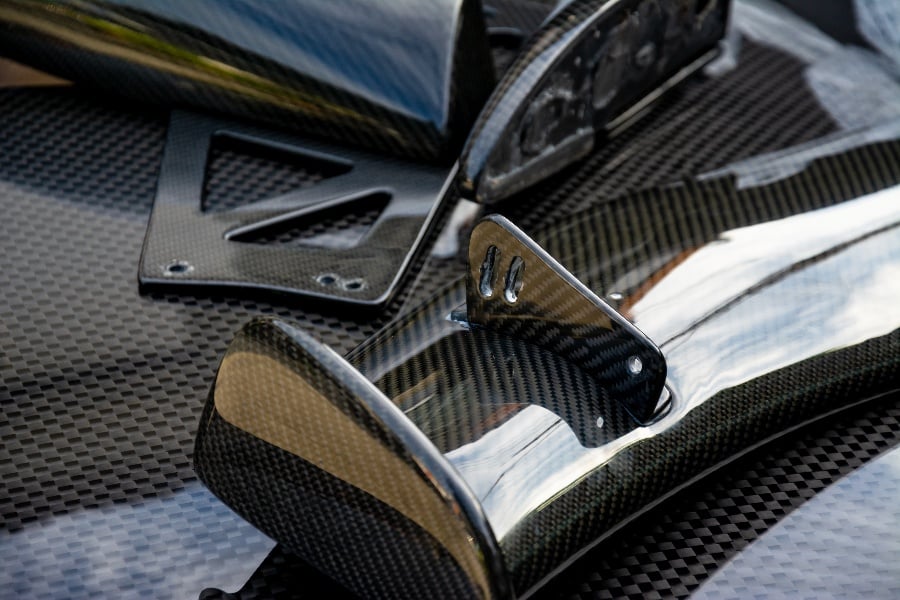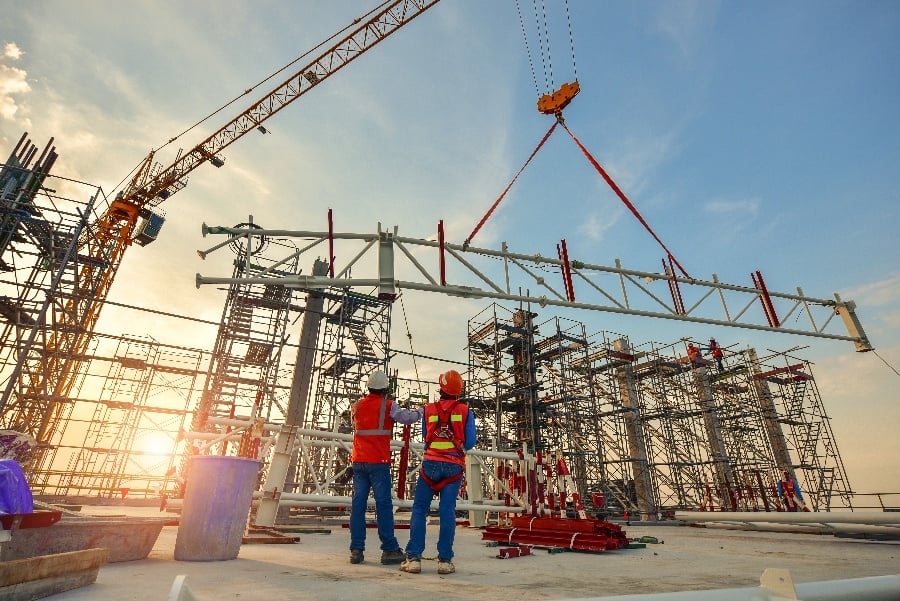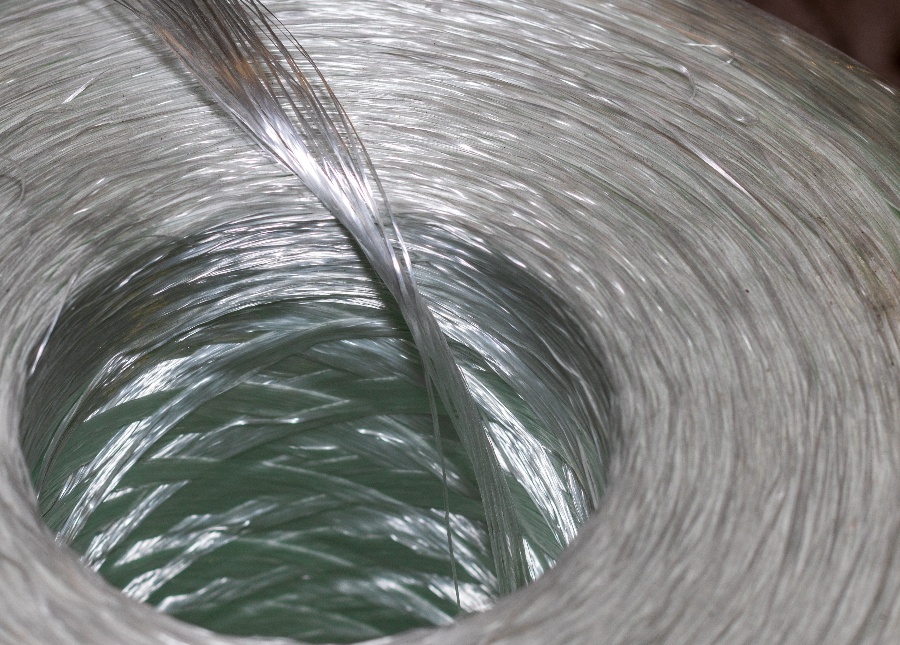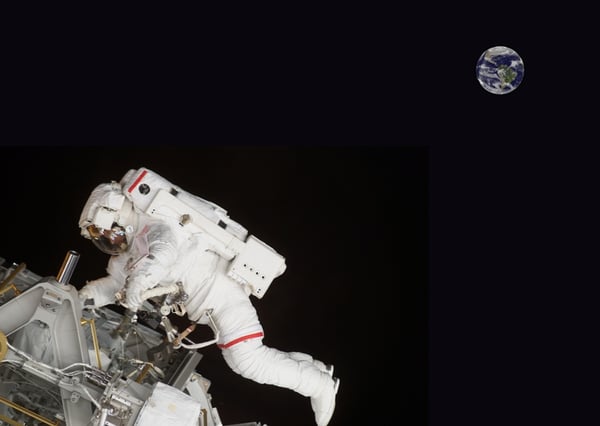
Fiber Reinforced Polymer (FRP) composite materials have become major assets in space exploration due to their lightweight composition, durability, and strength.
Most recently, great strides have been made to create a smart spacesuit that can detect damage. This FRP composite prototype is designed to keep astronauts safe in outer space.
Smart Uniforms
When it comes to sending humans into space, there are many limitations as to what they can wear during missions. Weight restrictions on board the spaceships are met with uniforms that the astronauts can wear daily.
However, things change when they need to slip outside the spacecraft into open space for maintenance or repairs. They have to wear a spacesuit to counteract the lack of gravity.
While these suits are state-of-the-art, there is always room for improvement. That’s where the International Lunar Exploration Working Group (ILEWG) comes into play.
Using aramid FRP composites – commonly seen as Kevlar in bulletproof vests – ILEWG has created a spacesuit that can detect any damage in the protective gear.
The dangers of human space travel are very real and well documented. Debris floating freely in space can pose a significant threat to astronauts, and many safety precautions must be taken.
Not only do astronauts need durable spacesuits, but they also need to be notified immediately if any damage to the suit occurs. This will help prevent air loss and injury.
Working alongside the French Centre National d’Etudes Spatiales (CNES), NASA, and the European Space Agency (ESA), ILEWG has taken lead in the ambitious creation process.
The goal is to design a lightweight, damage-resistant, comfortable space suit that will alert the astronaut to damage.
Why Aramid
Aramid is a FRP composite material that is known for its conductive and ballistic properties. The synthetic fibers are extremely strong and resistant to heat, which is a major selling point for the aerospace industry.
First developed in the 1960s, aramid is commonly seen in applications throughout the Armed Forces and the marine industry.
For this particular prototype, approximately 150 aramid patches were used to create a protection layer with an auto-detection system inside the spacesuit. As aramid is conductive, this FRP composite layer will have the ability to send electrical signals whenever damage occurs on the suit.
These signals will go directly to a small computer unit that has been built into the suit. Once the signal has been received, the astronaut will be alerted to the affected area. He or she can then make an informed decision on what the safest steps should be.
A fine aramid filament yarn was chosen by the creators for practicality and comfort. This smart textile offers the wearer high-performance and mobility.
Other characteristics that make aramid an attractive FRP composite for aerospace projects include the following:
- Resistance to corrosion
- Resistance to abrasions
- Resistance to impact
- Resistance to organic solvents
- Resistance to thermal damage
Keep in mind that aramid has an extremely high melting point. It can withstand temperatures up to 932°F (500°C).
Making Aramid Fibers
Before the pultrusion process can begin to make the final aramid composite, the aramid fibers must be made. Typically, aramid fibers are created due to the reaction between carboxylic acid halide and an amine.
The most commonly used aramid fibers are Kevlar, Nomex, New Star, and Twaron (which is the aramid fiber that was chosen for this particular project).
Twaron is a p-phenylene terephthalamide (PPTA), which means that a co-solvent such as calcium chloride was used to take over the hydrogen bonds while N-methyl pyrrolidone was used to dissolve the polymer.
After the polymer is produced, it then goes through a spinning process that results in the dissolved polymer transforming into a fiber. This is known as a liquid chemical blend, and it is generally done in 100% anhydrous sulfuric acid for PPTA.
Once the aramid fibers are made, they can undergo the pultrusion process to create a wide range of FRP composite products.
Other Uses for Aramid
Due to its versatility and strength, aramid is used to create a wide range of products besides spacesuits and bulletproof vests. Aramid-friendly applications include the following:
- Flame-resistant clothing
- Asbestos substitute
- Rubber goods
- Rope
- Cables
- Sailcloth
- Sporting goods
- Reeds for wind instruments
- Jet engine components
- And more
The Future of the Aramid Spacesuit
As this innovative spacesuit is only a prototype, there is a long road ahead. It will be ready to undergo rigorous testing soon. The tests will be performed in a simulated space environment.
Astronauts will use it for a period of two weeks, and assessments about the spacesuit's performance, power supply, and overall comfort will be made.
If it passes the initial testing phase with flying colors, then it will most likely be used in future space expeditions after final tests are conducted.
To the Moon and Beyond
On a similar note, NASA announced last year that two new spacesuits will be headed to the moon as part of the Artemis program.
These designs are called the Exploration Extravehicular Mobility Unit (xEMU) and the Orion Crew Survival System (OCSS) suit.
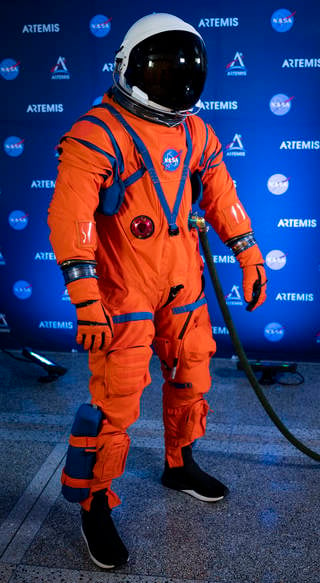
On Artemis missions, Orion Crew Survival System spacesuit will protect astronauts during launch, reentry and emergency situations.
Pic Credit: NASA.gov
The xEMU suit features circular bearing located in the waist and shoulders to improve the wearer’s mobility. The rear-entry hatch also makes it easier for the astronaut to step into the suit.
Meanwhile, the OCSS suit is designed for Orion astronauts to wear in the event of cabin pressure loss. Astronauts can survive for up to six days in this pressurized launch/entry suit.
This innovative spacesuit features a lightweight helmet, an optimized communication system, touchscreen-compatible gloves, CO2 scrubbing, and an enhanced cooling unit. The FRP composite components give it greater resistance to fire.
Both of these spacesuits feature aramid FRP composites to improve strength, durability, and flexibility while also keeping the suits lightweight. These breathable spacesuits – which feature Nomex, Kevlar, and Gore-Tex – are also water-resistant.
Specialty Resins by Tencom
Are you interested in using FRP composites in your next project? Get in touch with our experts here at Tencom today.

